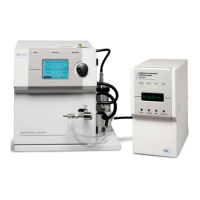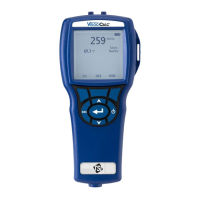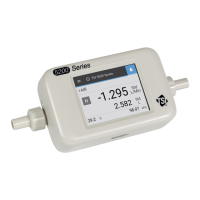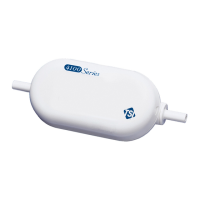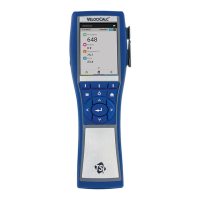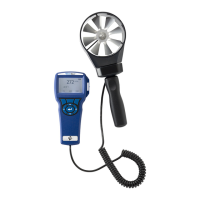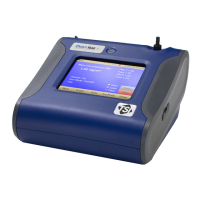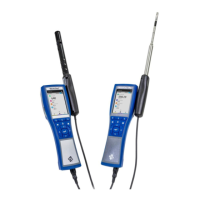Theory of Operation B–11
The formulas used to calculate Table B-1 are shown below. They
are taken from Wiedensohler [1988]. The mean free path is taken
from Kim et al. [2005]. To calculate the fraction of particles carrying
zero, one or two charges, use Equation B-2 which is an
approximation of the Fuchs model. Equation B-2 is valid for size
ranges:
1 nm ≤ D
p
≤ 1000 nm for N = -1, 0, 1
20 nm ≤ D
p
≤ 1000 nm for N = -2, 2
( )
∑
=
=
5
0
log
10)(
i
i
nm
p
D
N
i
a
Nf
Equation B-2
Table B-2
Coefficients for Equation B-2
a
(N) N=-2 N=-1 N=0 N=1 N=2
a
-26.3328
-2.3197 -0.0003 -2.3484 -44.4756
a
35.9044 0.6175 -0.1014 0.6044 79.3772
a
-21.4608
0.6201 0.3073 0.4800 -62.8900
a
7.0867 -0.1105 -0.3372 0.0013 26.4492
a
-1.3088 -0.1260 0.1023 -0.1553 -5.7480
a
0.1051 0.0297 -0.0105 0.0320 0.5049
For the fraction of particles carrying three or more charges, use
Equation B-3 which is based on a derivation by Gunn from 1956.
2
0
2
2
0
0
2
2
2
ln
2
exp
4
)(
e
kTD
Z
Z
e
kTD
N
kTD
e
Nf
p
i
i
p
p
πε
πε
επ
−−
=
−
+
Equation B-3
where:
e = elementary charge
= 1.60217733E-19 coulomb
ε
0
= dielectric constant
= 8.854187817E-12 farad/m (for air)
D
p
= particle diameter [m]
k = Boltzmann’s constant
= 1.380658E-23 joule/K (for air)
T = Temperature [K]
N = number of elementary charge units
Z
i+
/Z
i-
= ion mobility ratio
= 0.875 (Wiedensohler)
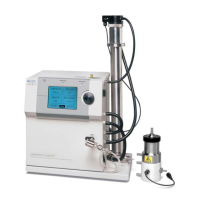
